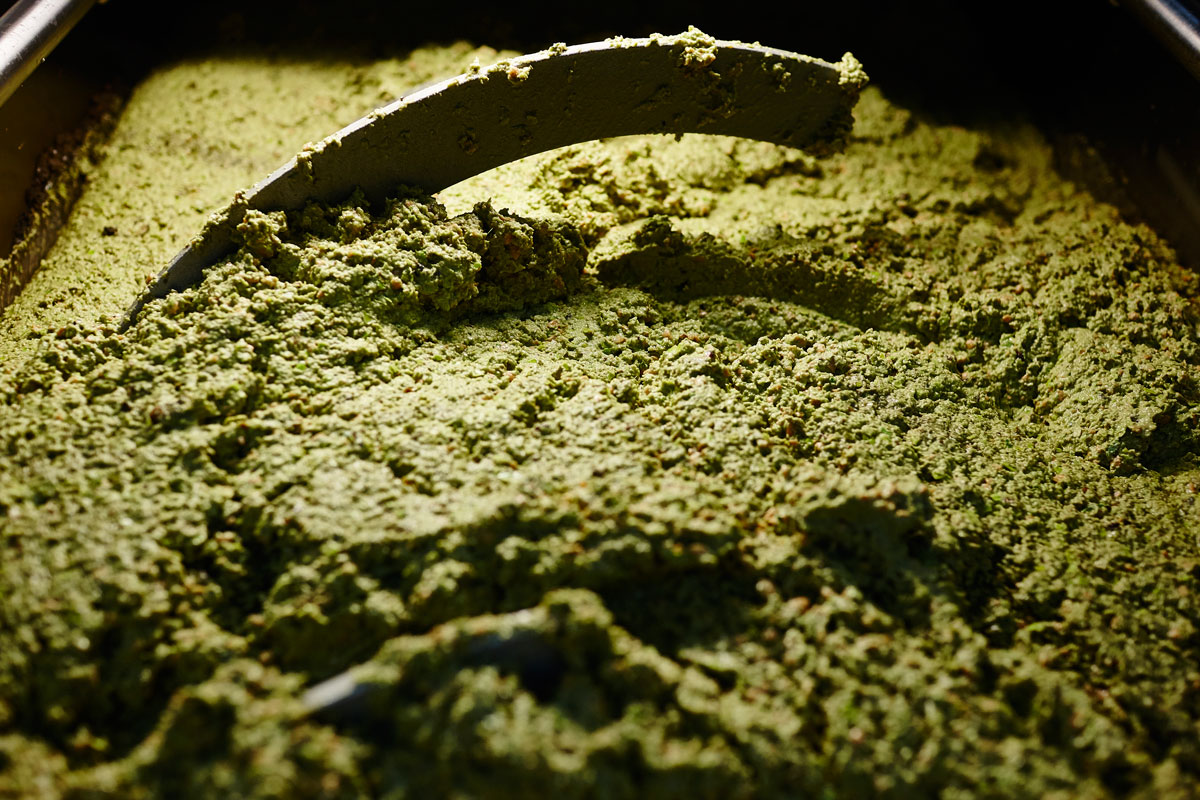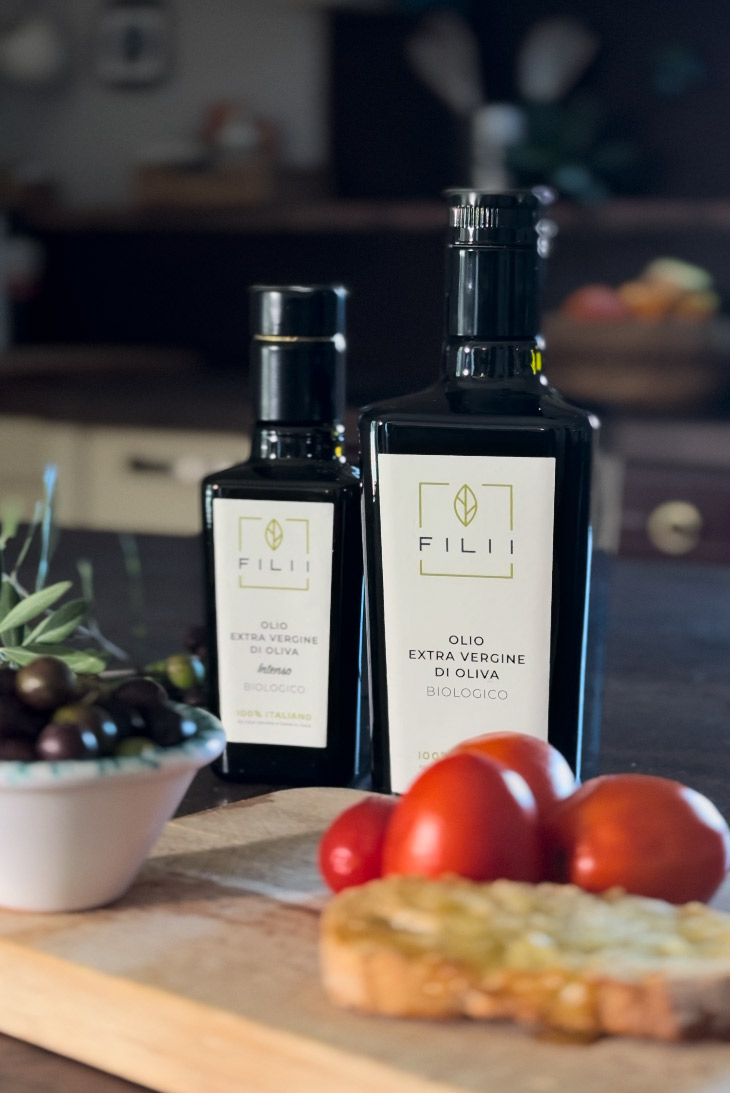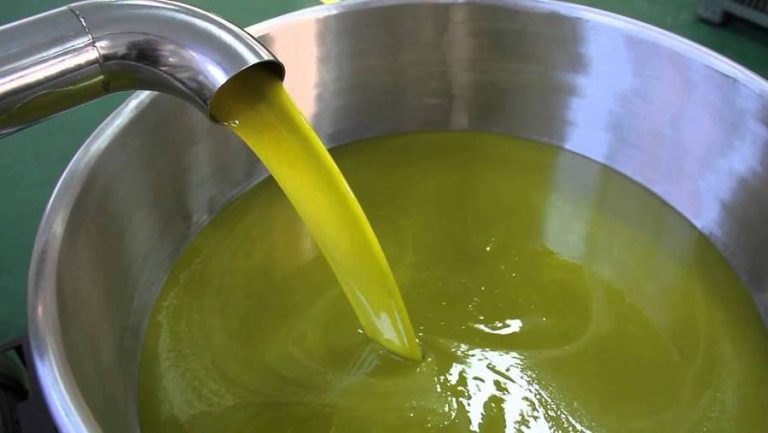
Malaxation
- Post author:Guest-admin
- Post published:September 5, 2024
- Post category:Approfondimenti EN
Malaxation is a fundamental step in olive oil production as it directly influences the quantity and quality of the oil extracted from the olives. Here are some additional details about the malaxation process:
Duration and Intensity: The duration and intensity of malaxation can vary depending on the type of olives, their ripeness, and the producer’s preferences. Generally, malaxation can last from 20 minutes to several hours, during which the olive paste is continuously worked to encourage the coalescence of oil droplets.
Temperature: Maintaining the temperature of the olive paste is crucial during malaxation. Excessive temperatures can negatively affect the oil’s quality, leading to loss of aroma and flavor. Consequently, many farms aim to keep the temperature relatively low during this process.
Modern Technologies: While traditional malaxation often involved manual or water-driven mills, many modern farms use specialized machines for this purpose. These machines are designed to efficiently and effectively agitate and mix the olive paste, allowing precise control over the duration and intensity of the process.
Results of Malaxation: Effective malaxation results in the formation of larger oil masses within the olive paste. These oil masses are easier to separate during the pressing phase, improving the overall yield of oil extraction and better preserving the flavor and aroma of the olives.
Production Variables: Besides duration and intensity, other variables such as olive size, ripeness, and variety can influence the process. As a result, olive oil producers often adjust their malaxation practices based on the specific characteristics of the olives being processed.
In general, malaxation is a critical step that requires attention and care to ensure the production of high-quality olive oil with a fresh and aromatic taste.






